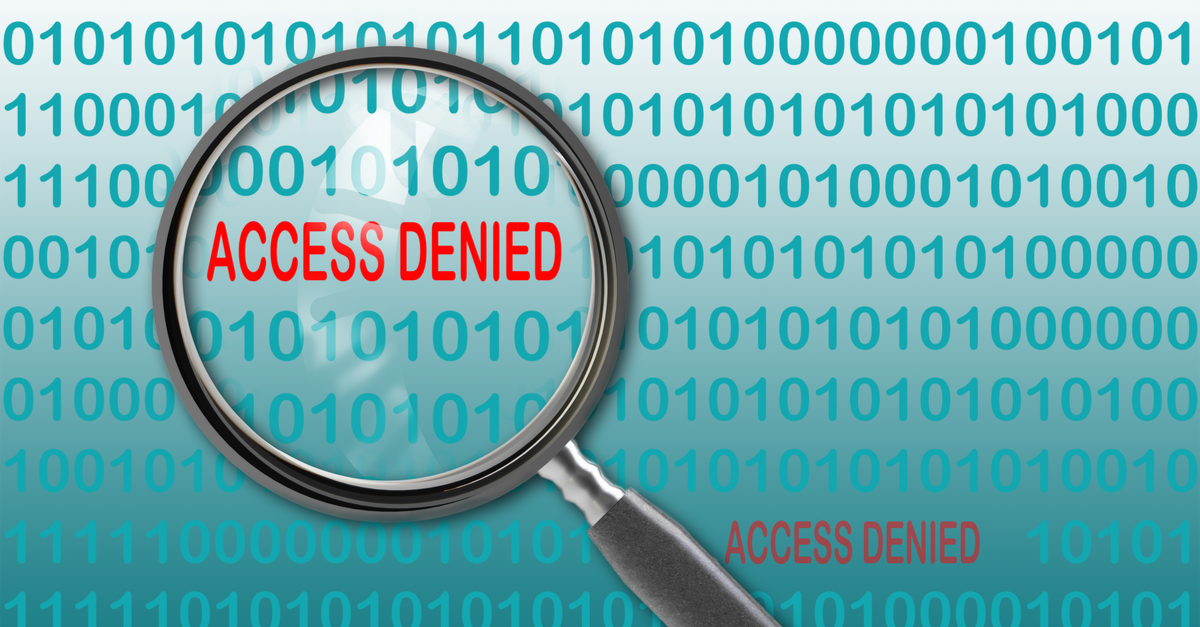Recently, one of our Higher Education customers – a highly regarded US university – implemented another option for Two-Factor Authentication using our ERP Firewall software product.
Click to Call allows 2FA pins to be delivered via a telephone voice call.
Click to Call is based on new PeopleCode packages and several Java JAR files that interact with a third party calling system. It is invoked when a PeopleSoft user triggers an event –accessing sensitive data that GreyHeller’s ERP Firewall systems has been configured to protect – that sends the message to the external voice call system. That system then retrieves data containing the requested credentials from PeopleSoft. The user then enters the 2FA pin on the challenge screen which completes the challenge.
iScripts, JAR files, custom application packages, third party integration – sounds complicated right? Wrong. ERP Firewall seamlessly integrates from the user’s page action to the delivery of the call in less than 3 seconds.
The message can be customized to contain important information in addition to just the 2FA pin. This information could be beneficial and timely.
Click to Call joins ERP Firewall’s other 2FA challenges methods:
- Text
- Time-based one time password (TOTP)
- Duo Security
- IVR
- Instant Messaging
- Biometrics.
















